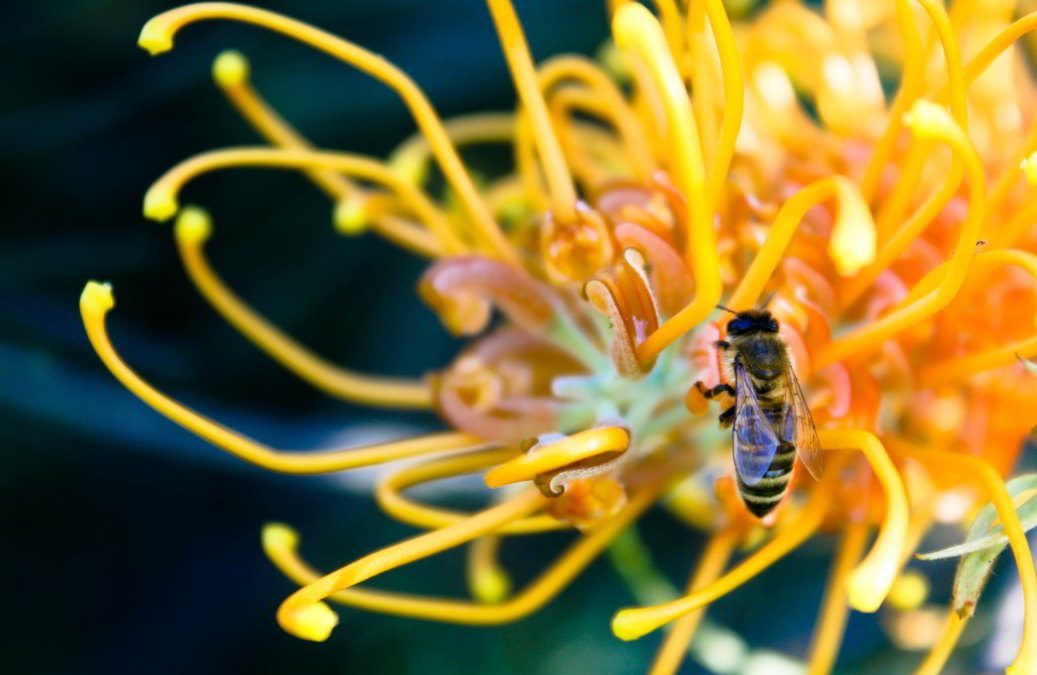Like them or not, bees are critically important in supporting life on earth, and without them, the world would be a very different place. It’s estimated that a staggering one-third of all of the food produced and consumed each day relies upon pollination, mainly by bees.
Some examples of foods that would cease to be available to us if bees weren’t able to pollinate them include broccoli, rockmelon, watermelon, cucumber, pumpkin, celery, almonds, avocados, apples, citrus fruits, peaches and the list goes on and on.
Billions of dollars’ worth of agricultural crops which are essential in sustaining the meat and dairy industries as well as providing an income to millions of farmers all over the world, are directly reliant upon pollination by bees.
Bees are vital in balancing ecosystems and preserving ecological balance, and not to mention, they are responsible for pollinating flowers and beautifying the planet!
The bad news is that bee numbers are in decline due to a number of factors such as climate change, loss of natural habitat and the use of chemicals and pesticides in the environment.
The good news is that you can play your part in giving back to these hard-working little guys and encourage local, native bees into your very own backyard.
Here’s how to create a bee-friendly haven:
1. Choose plants that will flower throughout the year or have a variety of trees and plants that will flower in the different seasons, so you’ve got something on offer year-round. Some examples of flowers that are loved by Australian native bees are:
- Abelia
- Butterfly bush
- Bottlebrush
- Daisies
- Gum trees
- Grevillea
- Lavender
- Tea Tree
- Honey Myrtle
- Native Rosemary
2. Avoid using harsh chemicals and pesticides in your garden.
3. Select trees and plants that have flowers in a variety of shapes and colours as different types of bees like different types of flowers.
4. Create a line or row of flowering plants to provide bees with a banquet of options!
5. Let at least a small patch of your garden get a little wild. This will provide bees with a natural habitat.
6. Have a vegetable patch.
7. Buy or build your own ‘bee hotel’ and place in a sheltered position to provide a cosy home for bees.
By carrying out these simple steps, you will soon have a beautiful, in bloom, bee-friendly sanctuary that will be buzzing year round.

